This month’s Advanced Engineering Materials covers and top papers!


This month’s Advanced Engineering Materials covers and top papers!

Biosensor arrays facbricated from two intertwinned polymeric networks.
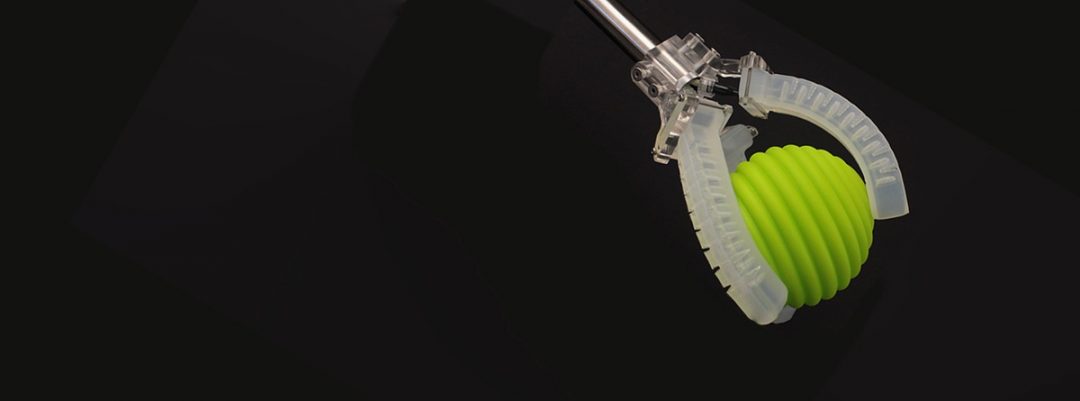
Researchers create soft robots that can sense touch, pressure, movement and temperature.
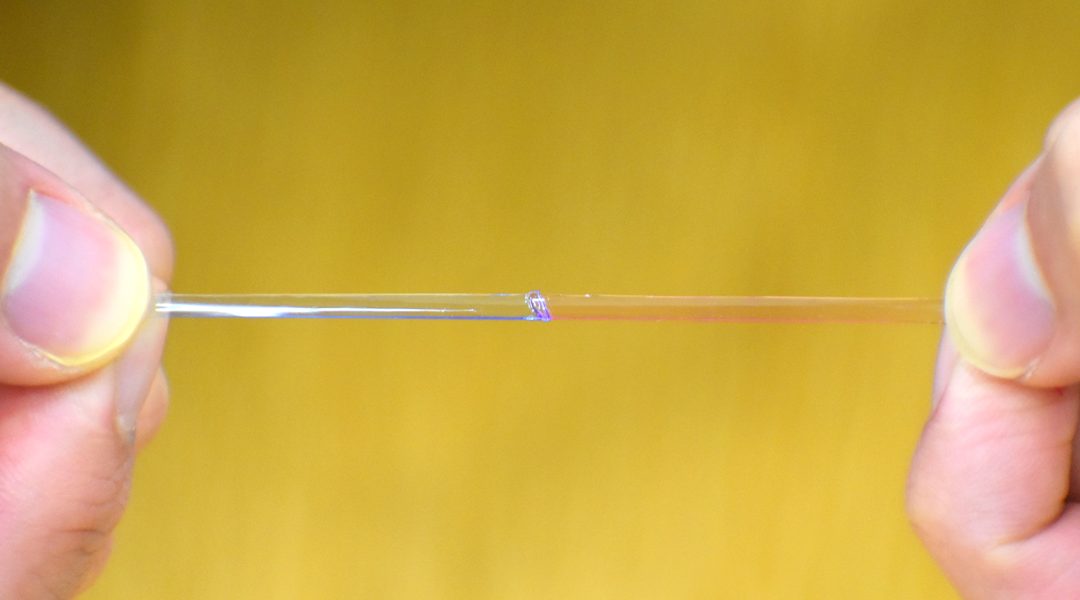
Robust electronic skin by utilizing supramolecular chemistry to produce a tough, self-healing elastic material.
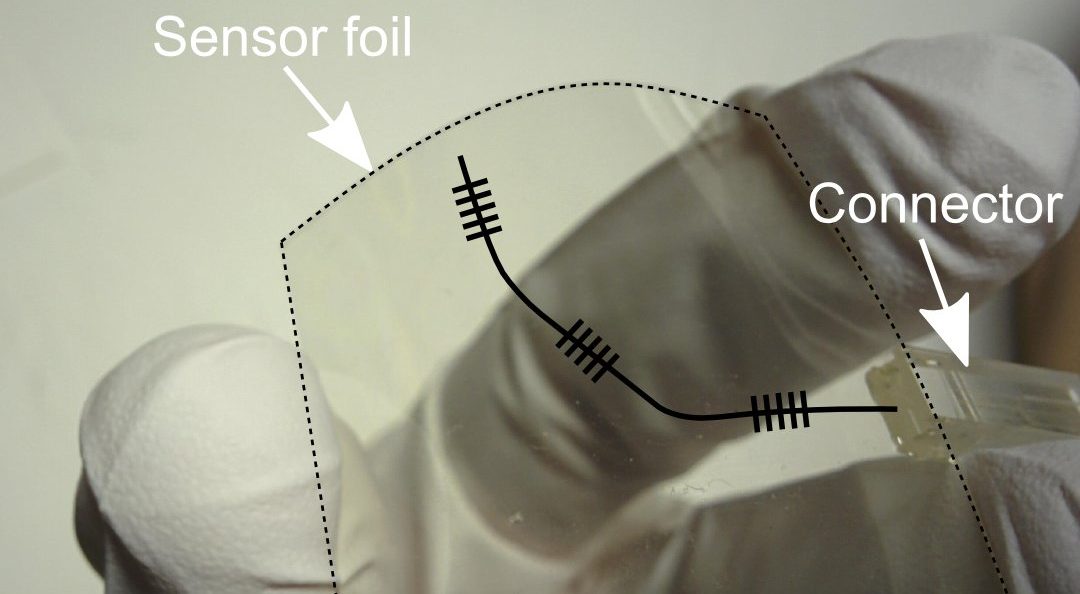
A sensor foil made from polymers withstands bending to a radius of 11 mm, and elongation by 1.4% without losing functionality.

The first seeds towards non-invasive edible electronics are sown.

An interplay between two realms is the subject of the Focussed Session: Geometry- and Topology-Controlled Nanoarchitectures at the Joint Meeting of DPG (Deutsche Physikalische Gesellschaft) and EPS (European Physical Society) Condensed Matter Divisions on March 13, 2018 at the TU Berlin.

Metamorphic and stretchable electronics applications were developed by researchers from the Technical University of Ilmenau, which enable new 3D shapes and new form factors for electronics applications.
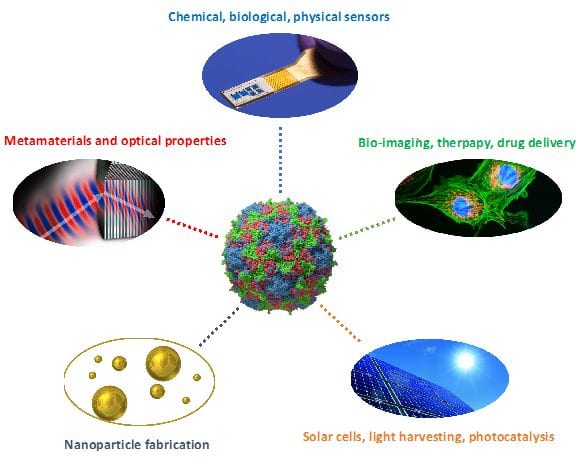
Researchers are taking advantage of 4 billion years of viral evolution to produce robust protein cages for a wide range of applications in nanotechnology.
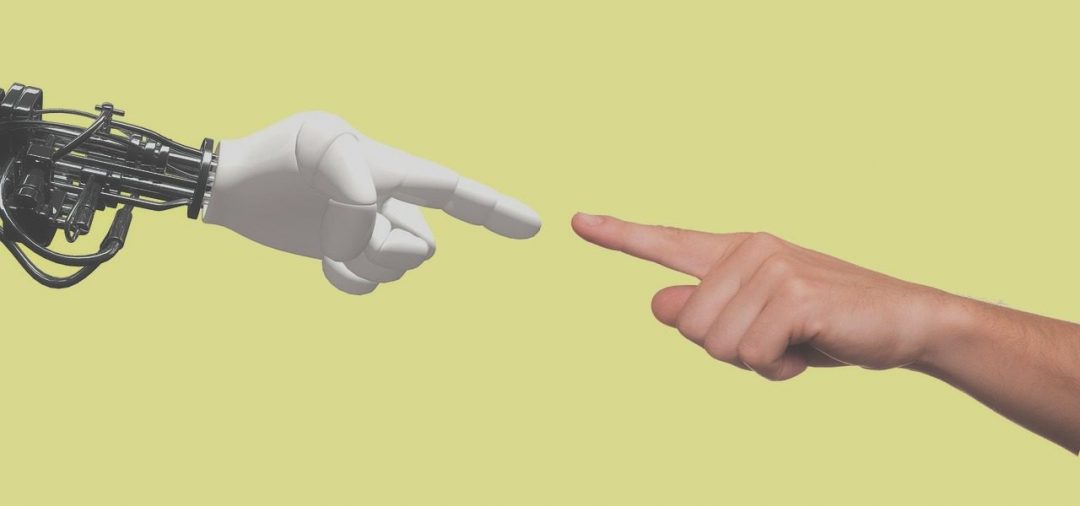
This month’s Advanced Engineering Materials covers and top papers.